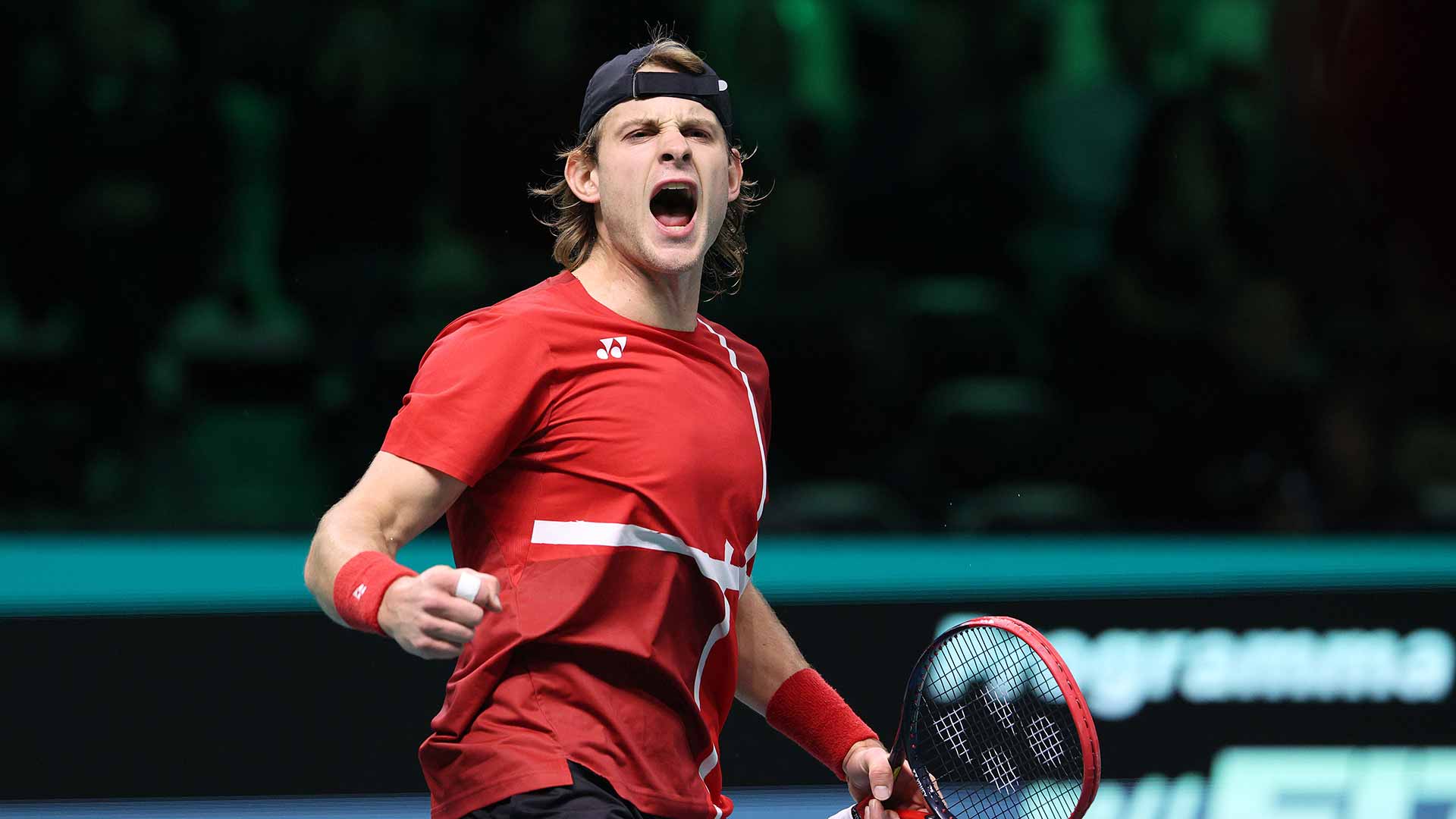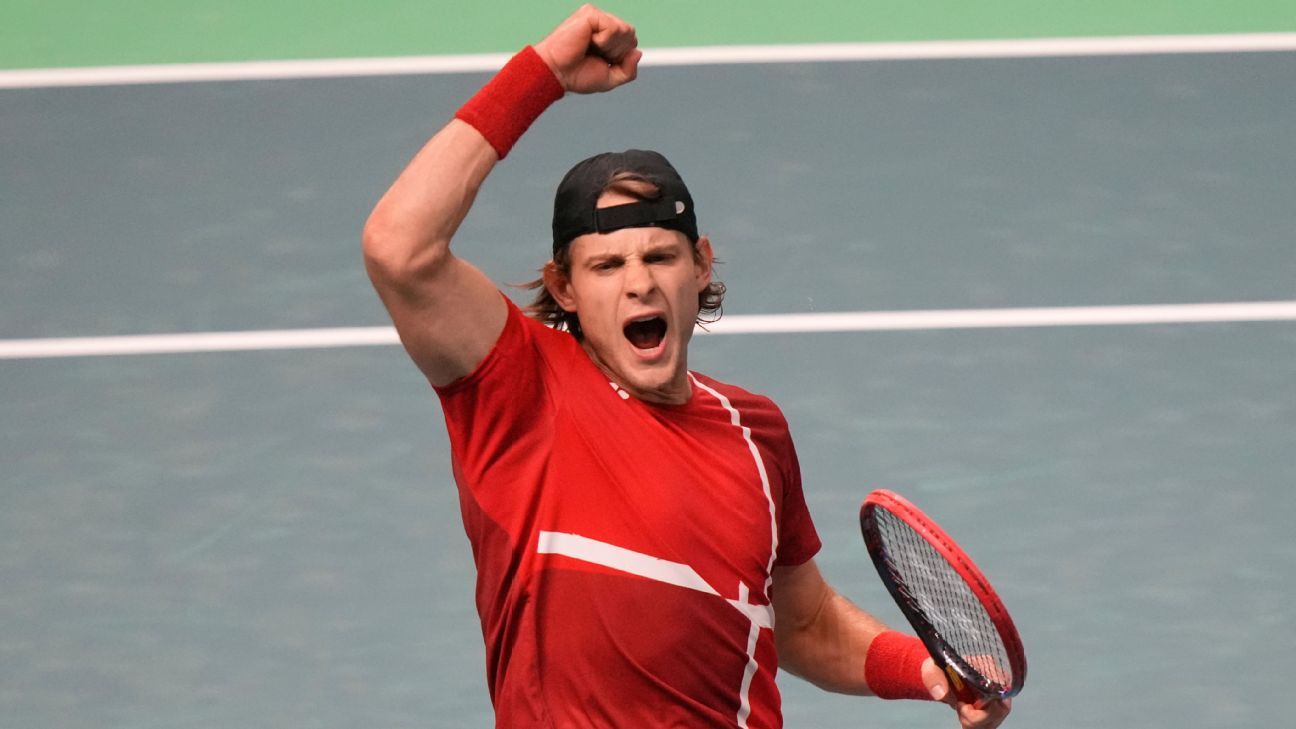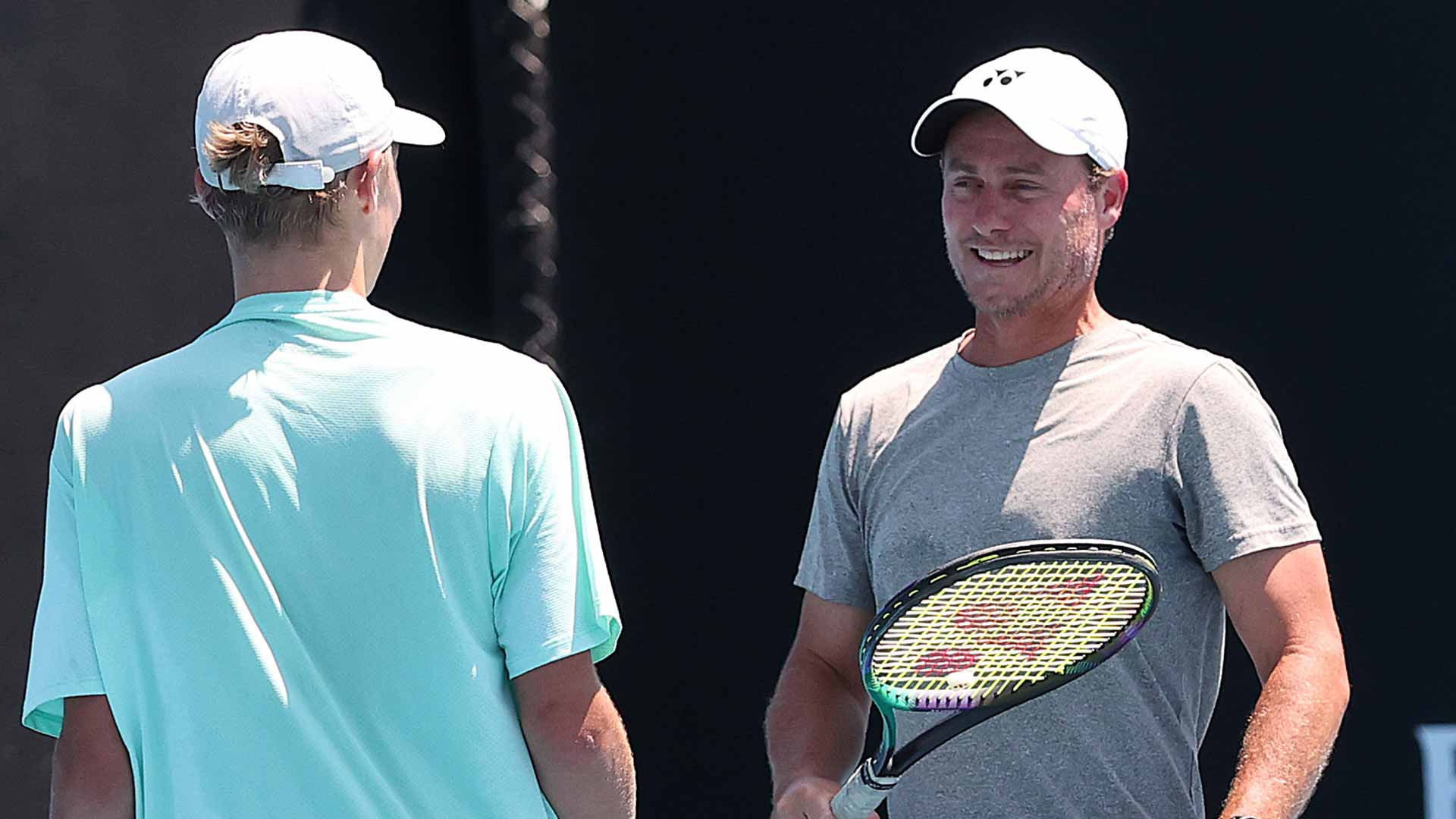Hewitt's Surge to the Top in a Shifting Era
As tennis legends faded at the millennium's turn, 20-year-old Lleyton Hewitt grabbed the World No. 1 spot on November 19, 2001, riding a wave of consistency and clutch wins that redefined Australian dominance.

On November 19, 2001, Lleyton Hewitt became the youngest player at 20 to claim the World No. 1 ranking, a record later surpassed by Carlos Alcaraz. The men's game hung in transition, with Pete Sampras and Andre Agassi beyond their primes, while 19-year-old Roger Federer was still building toward greatness. Hewitt stepped into the breach, his fiery baseline game and unshakeable focus turning potential into power through a season of calculated risks and mounting pressure.
Early wins build relentless momentum
The Australian opened 2001 with a title in Sydney, the home crowd's energy fueling straight-set victories where his deep serves set up aggressive forehand returns. This success carried into the Sunshine Double, as he reached semifinals in Indian Wells and Miami, adapting to the hard courts' pace by stepping inside the baseline to take balls on the rise, conserving stamina amid the desert sun. Those deep runs sharpened his patterns, blending one–two punches with crosscourt rallies that kept opponents off balance, all while chasing the legacy of Patrick Rafter as Australia's second No. 1.
Grass season followed, where Hewitt captured titles at Queen's Club and 's-Hertogenbosch, thriving on the low bounces with slice backhands that skidded low and forced errors, then rushing the net on serve-volleys to shorten points. The quick surfaces amplified his speed, building a psychological edge as he eyed the hard-court swing ahead. Yet the real test loomed in America, where rankings points would decide his fate against the top of the ladder.
US Open charge erodes the deficit
Entering the US Open as World No. 4, Hewitt trailed Gustavo Kuerten by 1,360 points, the New York lights casting long shadows over every practice rally. He dismantled Andy Roddick in the quarters with inside-out forehands that pinned the American deep, then outlasted Yevgeny Kafelnikov in the semis through a grind of attrition, using high topspin to counter the Russian's flat shots and saving set points with desperate lunges. The crowd's roar peaked in his semifinal clash with Sampras, where the young challenger's down-the-line passes exploited the veteran's serve-and-volley, securing his first major and slicing the gap dramatically.
This triumph echoed his 2000 semifinal run at the US Open, but 2001's conquest ignited a broader surge, his consistency wearing down the field. Post-Flushing Meadows, he stormed to a fifth title in Tokyo, the indoor hard courts suiting his precise groundstrokes as he closed in on Kuerten with relentless pressure. Qualified for the Nitto ATP Finals, the 20-year-old arrived in Sydney sensing the year-end stage could deliver the ultimate prize, the arena's tension mirroring the stakes for Kuerten and Agassi.
Finals mastery locks in the reign
Hewitt started strong at the Nitto ATP Finals, edging Sebastien Grosjean in three sets by mixing underspin backhands to disrupt rhythm before unleashing inside-in forehands for winners. His straight-sets dominance over Agassi accelerated the climb, targeting the American's backhand with crosscourt angles that exposed vulnerabilities under the lights. Beating Rafter in the round-robin finale not only clinched semifinal qualification but secured No. 1, a mentor's nod passing the torch in a moment thick with emotion.
In the semis, he overwhelmed Juan Carlos Ferrero, losing just seven games through overpowering serve-forehand combinations on the true-bouncing indoor surface. The final rematch with Grosjean tested his composure, but Hewitt's tactical shifts—alternating paces and directions—sealed the title in straights, igniting 75 consecutive weeks at No. 1, the third-longest streak behind Roger Federer's 237 and Jimmy Connors's 160. He joined an elite cadre, including Novak Djokovic and Jannik Sinner, as one of five to hold the summit for over a year from their debut ascent, his journey proving that seizing transitional moments can forge lasting legacies in tennis's unforgiving arena.


